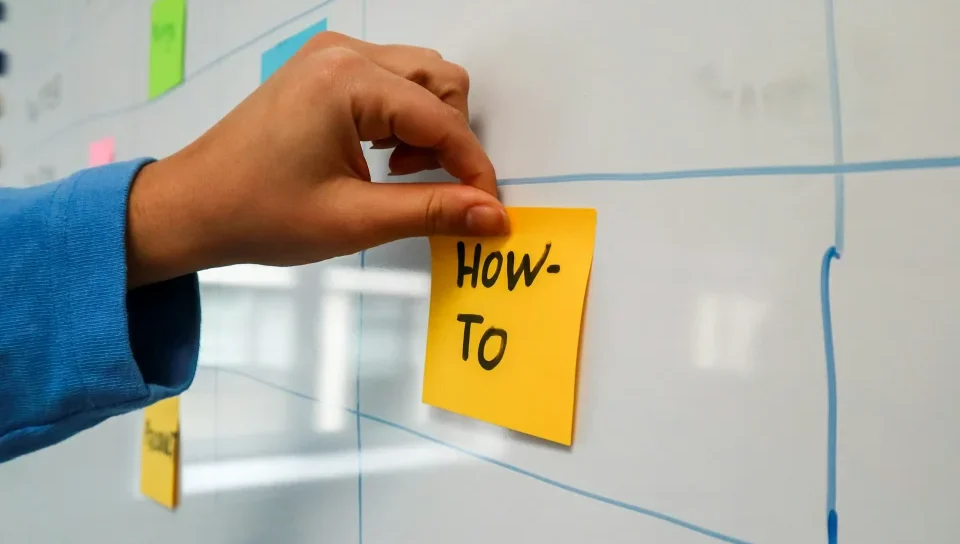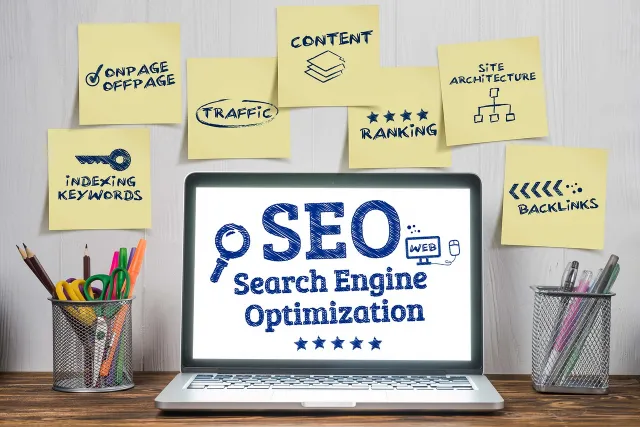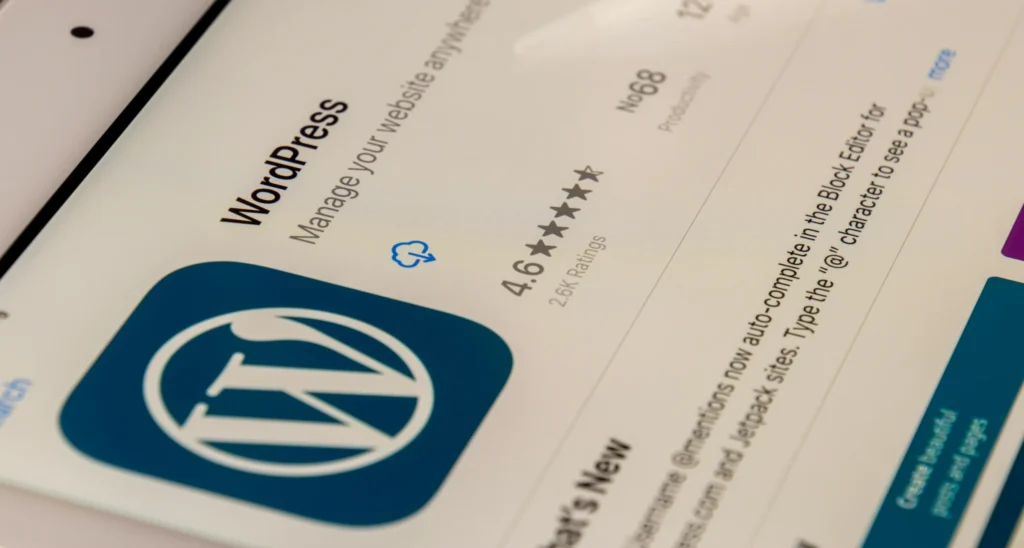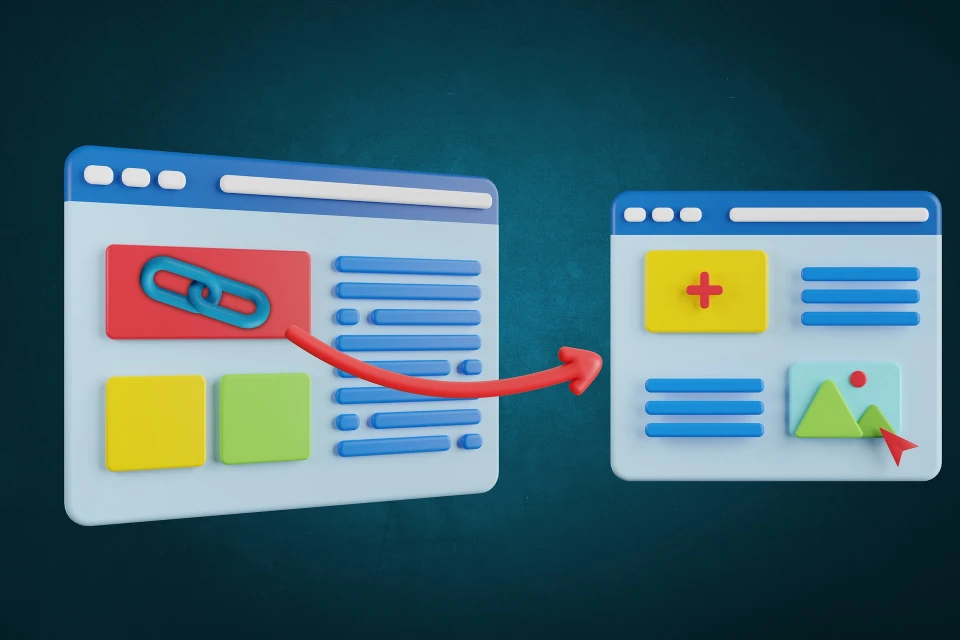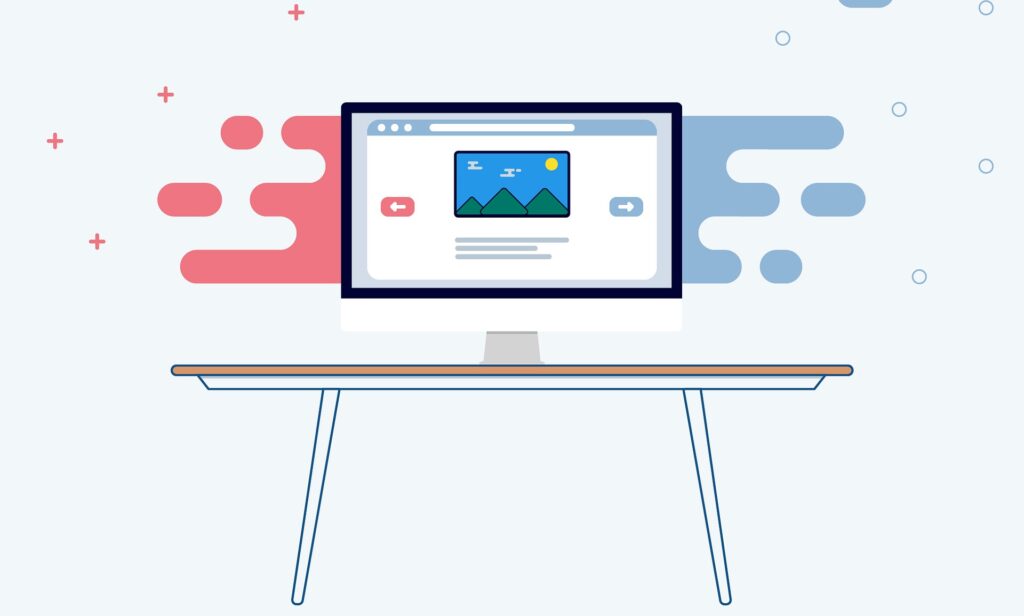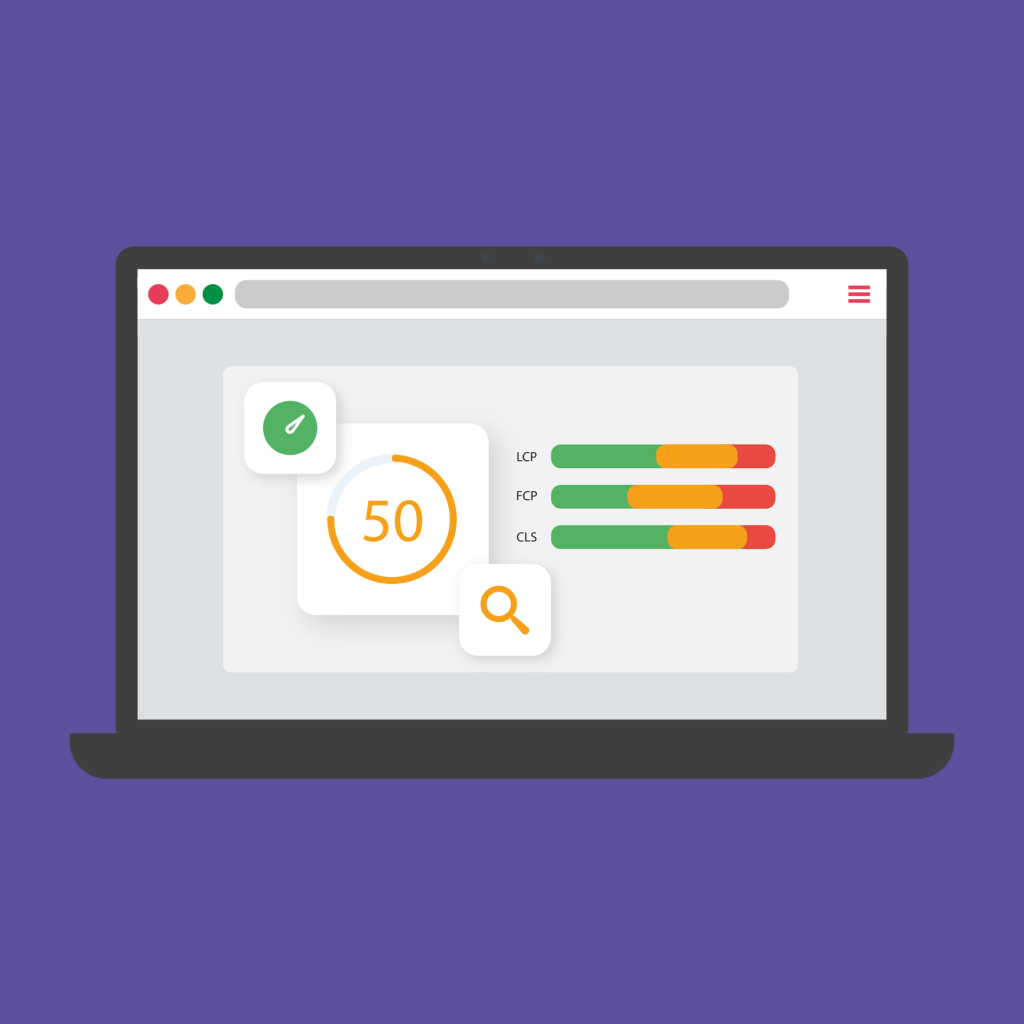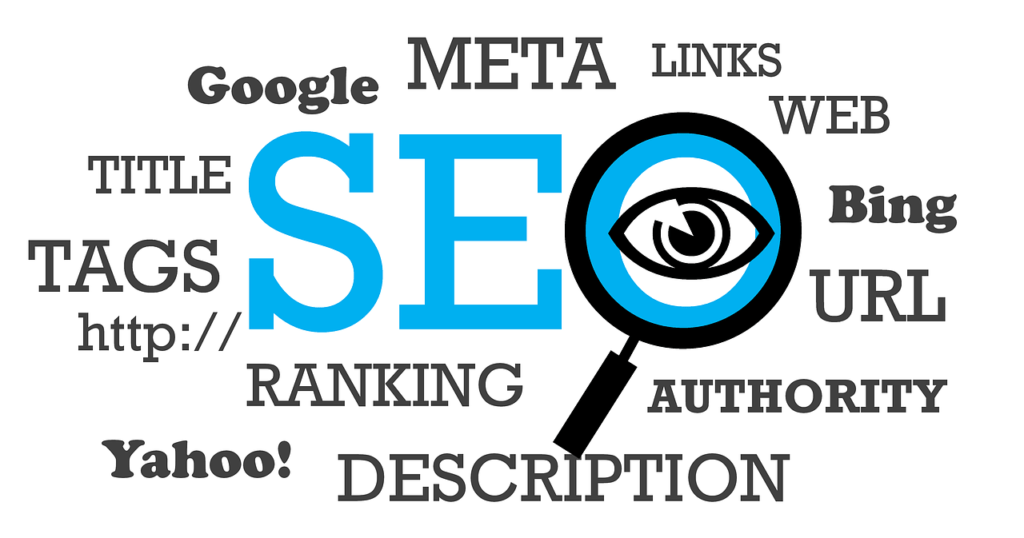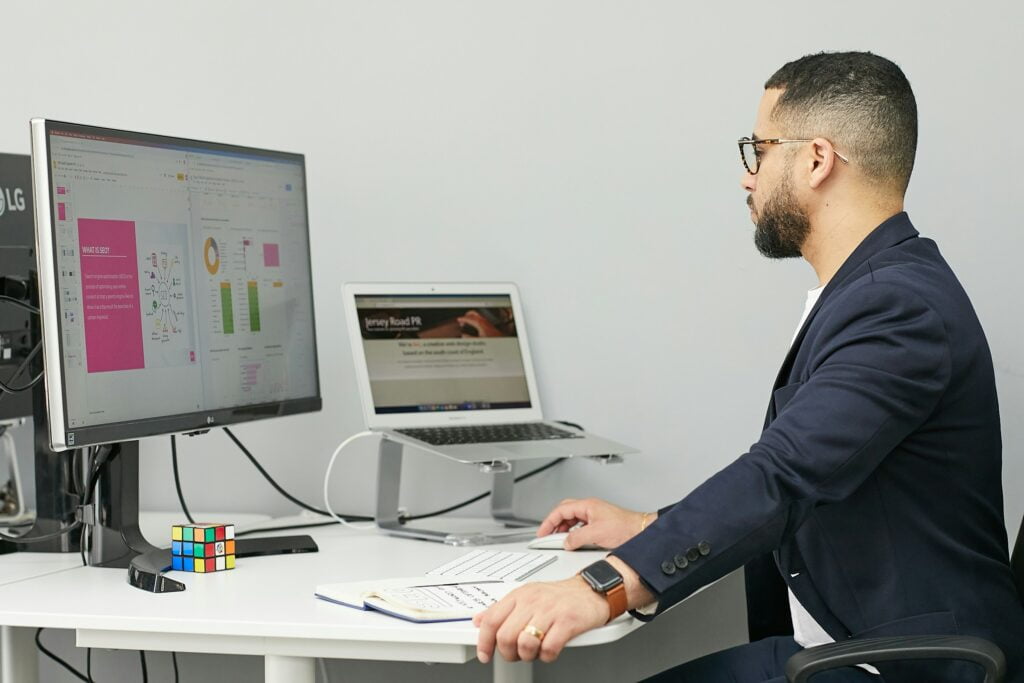What’s the fastest way to learn SEO well?
In this article, I’ll tell you a proven but simple process that will turn you into an SEO pro at lightning speed. Make sure you read until the end because I’ll reveal the one thing that helped me learn SEO faster. The crazy part is that no one teaches you this in school. Keep reading!
So, step one is to get basic SEO knowledge. You’ve probably heard the idea that you don’t know what you don’t know, and this is true in SEO. If you don’t understand the terminology and the basic concepts, you won’t be able to diagnose your SEO performance. Here are the most important pillars of SEO:
Crawling, Indexing, and Ranking:
Google must be able to crawl your website; otherwise, it can’t index your pages. If it can’t index your pages, your pages can’t rank. This is the most critical part of the SEO process because without it, nothing else matters. I recommend downloading the free Detailed Chrome extension to see if your pages are crawlable and indexable at a glance. You can also check Google Search Console to see how well Google is crawling and indexing your site. Go to Indexing, click on Pages, and scroll down to the section that explains why pages aren’t indexed. You can click through on any of these issues to investigate further. Keep in mind that not every page should be indexed in Google. Some pages to keep out of Google’s index are login pages, checkout pages, and archive pages because they tend to cause duplicate content. In these cases, you can use the “noindex, follow” directives. If you’re using WordPress, you can easily manage these pages with popular SEO plugins like Yoast, All in One SEO Pack, and Rank Math.
Keywords:
As of right now, people still use words to search. Maybe someday, you’ll be able to think a search into existence, but even then, it would still require words. Keywords are simply how searchers find our websites. However, most people don’t understand how to do proper keyword research, and this stems from not understanding one core principle of keyword research: search intent. Understanding search intent will save you tons of wasted effort and time going after keywords that won’t produce a return on investment. Additionally, understanding search intent will help you know what type of page to build to satisfy the intent of the keyword. In other words, the intent of the keyword should dictate your content strategy. So, what is search intent? It’s simply what a searcher wants to achieve when using Google. By understanding the searcher’s end goal, you can deliver the perfect page for them. And when you deliver the perfect page, Google will reward you with rankings. You don’t need to be a genius to understand search intent. Here are two foolproof ways to understand it:
- Use Google: Google will show you the types of pages it believes satisfy the intent of the keyword. It’s right most of the time, except for lower competition keywords. With lower competition keywords, Google won’t have a big enough pool of pages to pick from, which means you’ll be able to rank easily if you create a hyper-focused page. For example, look at the keyword “iMovie crashes when exporting.” At one point, Gotch SEO ranked around number 50 for this keyword with our iMovie review page. This page would never be able to rank for this long-tail phrase because it isn’t focused enough. So, what I did was I created a dedicated page for this keyword, and within a few days of publishing it, it hit number one in Google. Yes, this doesn’t have much search volume, but compound this strategy across many keywords, and you’ll start to see why it’s so powerful.
- Understand the searcher’s journey through the sales cycle. They often start with a keyword phrase at the top of the funnel with informational intent, like “what is SEO?” Once they understand what SEO is, they might search for a keyword with investigative intent, like “best SEO tools.” Once they learn all the tools they can use, they’ll likely transition into a keyword phrase with comparison intent, like “SEMrush vs. Ahrefs.” At this stage, they’re brand aware and getting closer to the conversion stage. From here, it’ll likely lead to a bottom-of-the-funnel keyword phrase, like “SEMrush review.” At the very bottom of the funnel, they might search a keyword with transactional intent, like “SEMrush free trial.” Keywords at this stage have sky-high conversion rates. Your website needs to address each stage of this search journey.
Speaking of SEMrush, you can use it to classify keywords based on intent. Just enter your domain into the search bar, go to Competitive Research, click on Organic Research, and then click on Positions. Look under the Intent column. It’s accurate at least 80% of the time. I also recorded a video showing a test I conducted with SEMrush’s new intent feature to see how accurate it is. You can find the video in the description below.
Technical SEO:
Technical SEO isn’t as scary as it might sound. I have elementary coding skills, and I’ve driven SEO results for hundreds of websites. You don’t need to be super technical to get SEO results; you just need to know what to look for. Here are two high-impact technical SEO opportunities you need to look for in every campaign:
- Page loading speed: Core Web Vitals are a confirmed Google ranking factor, so you must take it seriously. Your site’s loading speed is critical for conversions. According to Google, a one-second website speed improvement can increase conversions for mobile users by up to 27%. For a quick page speed analysis, I recommend using Google Web Dev or GTmetrix. For a more comprehensive analysis, you can use Google Search Console or Screaming Frog and integrate the Google PageSpeed Insights API to see your scores across your entire website. If you’re not scoring well, you should prioritize fixing it because it’s a factor that is within your direct control.
- Site architecture: Site architecture is based on your internal linking strategy. There are three core elements for optimizing site architecture:
- Crawl depth: You can use Screaming Frog and look under the crawl depth column. You should aim to have all pages no more than three clicks deep. The deeper your pages are into the architecture, the lower priority they indicate to Google, which will crawl these pages with much less frequency, and some may not even get indexed if they’re too deep.
- Internal link coverage: Like crawl depth, the quantity of internal links is important for a page’s performance. Drive more internal links if you want a page to perform better. Look under the unique in-links column in Screaming Frog to see which pages need more internal link love.
- Internal link anchor text: Google has confirmed that using descriptive anchor text is best for internal links. That means it’s wise to optimize your internal link anchors. For example, don’t use generic anchor text like “this article” for your internal links. Instead, use exact match or partial match anchors. For example, if I want to link to my article about backlinks, I will use “backlinks” as the anchor text. Keep in mind that this rule does not apply to link building. You need to be much more careful when it comes to external anchor texts during your link-building efforts.
Content:
You can do all the other stuff well, but without the right SEO content strategy, you won’t get the results you want. There are two types of SEO content you need to know:
- Keyword-focused content: This is any page that is built around a dedicated keyword phrase. I recommend that 80% of your site’s content falls into this category if you want more organic traffic from Google.
- Non-keyword-focused content: Some examples include link bait. Although it targets a keyword, its primary purpose is to serve as link bait.
I could dedicate hours to this topic of SEO content creation, but I’ll share some evergreen principles:
- Satisfy the intent but be the Purple Cow: Seth Godin created the concept of the Purple Cow, and in the context of SEO, you want to be the result among the top 10 in Google that stands out. The key to achieving that goal is finding a content angle that hasn’t been used. For example, if every ranking result is a list post, you should attack it from a different angle, like a case study.
- Build a moat: Your content should be so unique that it’s difficult for a competitor to replicate. My go-to method for achieving this goal is unique data and exceptional design.
On-page SEO:
At a bare minimum, you should place your exact keyword phrase in your URL, title, meta description, H1, first sentence, and last sentence. You should also consider adding a variation of your primary keyword in the first H2 tag. This basic optimization will put you ahead of 80% of websites. If you want to take it to another level, optimize for NLP (Natural Language Processing). You can use a tool like Surfer to accomplish this goal.
Local SEO:
Everything you’ve learned so far will improve local rankings, but some variables are specific to Google’s local pack. To rank in this local pack, you’ll need a couple of things:
- Have an address in the target location.
- Secure your Google Business profile and populate it with relevant information. Include your keyword in the business description.
- Get as many reviews as possible because they’re key to local pack rankings.
- Ensure your NAPW information is consistent across all citations.
Link Building:
Backlinks, which are links from other websites, are the difference-maker in SEO. Google uses backlinks as votes for your website, so the more votes you have from high-quality, relevant websites, the better you’ll perform in Google. Backlinko studied 11.8 million Google search results and found that a site’s overall link authority strongly correlates with higher search engine rankings.
The question is, how do you get more high-quality backlinks?
- Create value: Things that people want to link to include extremely high-quality content or free tools. Content should be the foundation of your link-building strategy.
Those are the foundational elements of SEO that you need to start learning. Please don’t fall victim to trying to understand every little intricate detail of this process. It’s time for part two of this process, which is getting your hands dirty. I highly recommend you start a test project.
Back in 2011, this is how I learned SEO: I started a baseball pitching blog because I was trying to make money online. It was an absolute ghost town. So, I went to Google and searched “how to get traffic to my website,” and that’s when I found SEO. Immediately, I started implementing everything I learned on this first website. Eventually, I started getting traffic from Google and even made my first real money online through affiliate marketing. I then went on to sell this blog to a former MLB player.
Here’s why this story matters: I didn’t spend months being an academic and accumulating tons of knowledge. Instead, I took action and tried to implement what I learned in the best way possible. I promise you, this is the fastest way to learn SEO. I have a video about starting a niche website on my channel already, so it will be in the description below.
And this brings me to the most important part of this article: if you want to learn SEO or any skill fast, you need to understand the idea of just-in-time learning. It’s the opposite of how we learn in school. In school, we use just-in-case learning, meaning we learn stuff that we may or may not actually use, like astronomy. But it’s in our head just in case. Just-in-time learning is different. Instead of learning to learn, you only seek out new information when you’ve hit a roadblock during your action-taking process.
For example, let’s say I run into the issue of keyword cannibalization, which is when two or more pages are optimized for the same keyword phrase. I would go to Google, find the solution, implement it, and keep moving forward. Because I’ve taken action on this idea, I’ll retain that knowledge. In short, when you do something, you remember it way better.
So, if you take anything away from this article, please understand: the fastest way to learn SEO is to take action. Spend 80% of your time doing the work and 20% of your time studying. You already know enough to get started with SEO right now.


